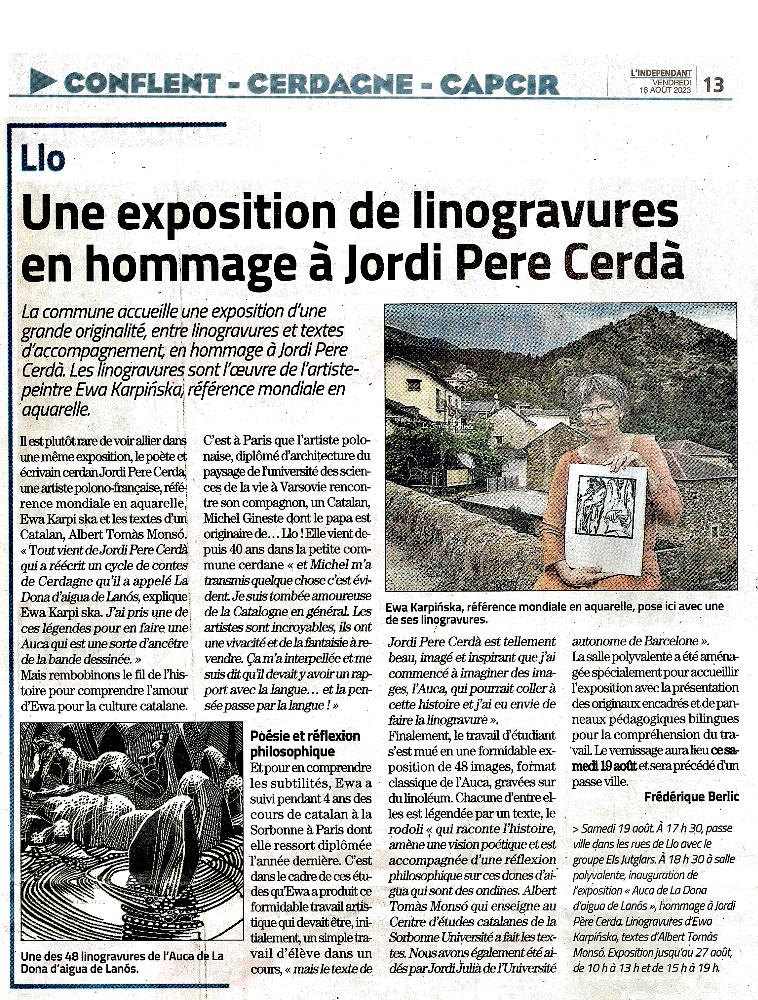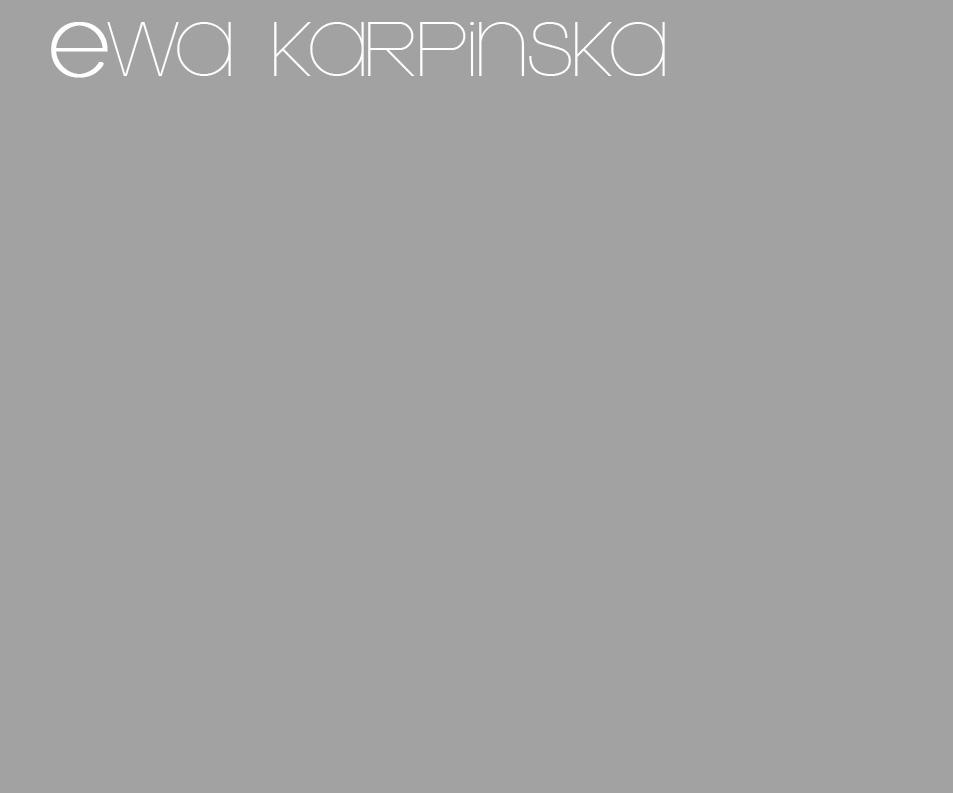
7
102
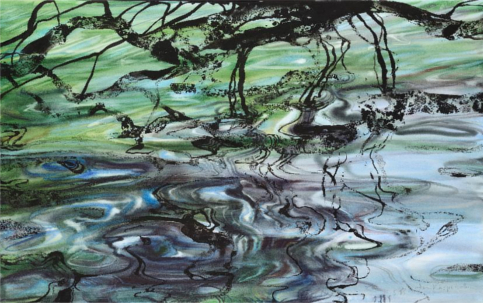
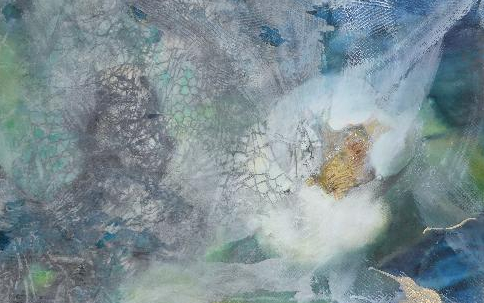
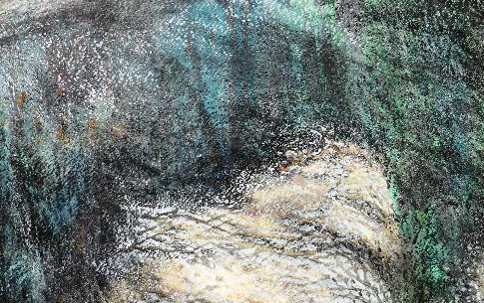
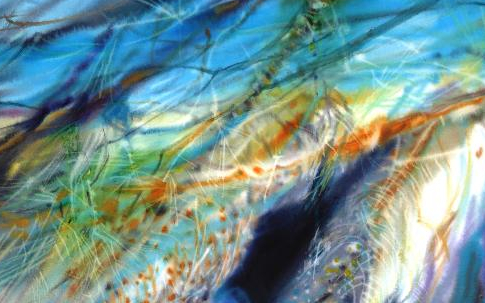
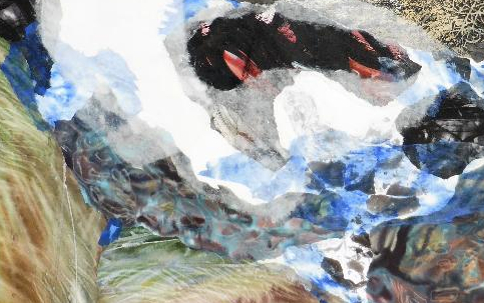
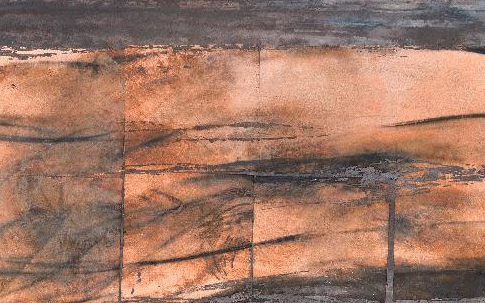

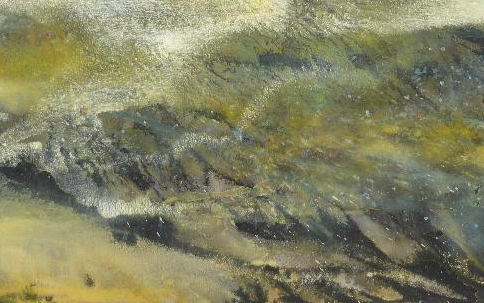

News
La utilitat de l’inútil (Ewa Karpińska – Biel Mesquida) : La Seu d'Urgell - 2024
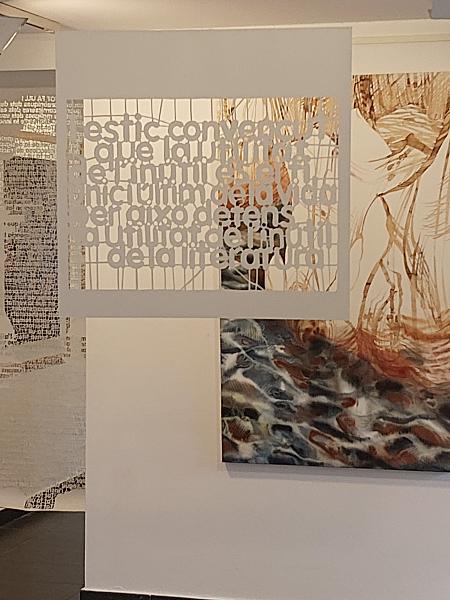
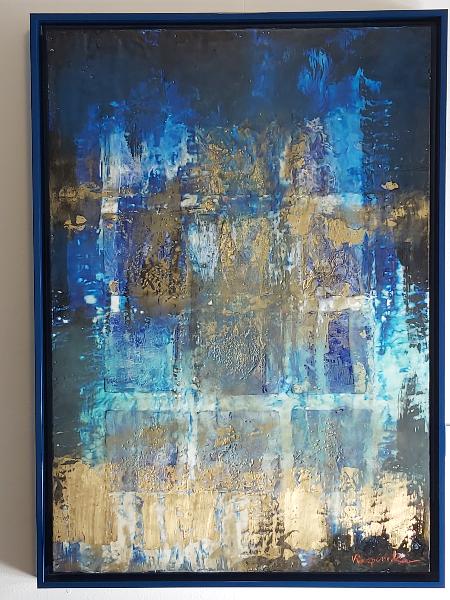
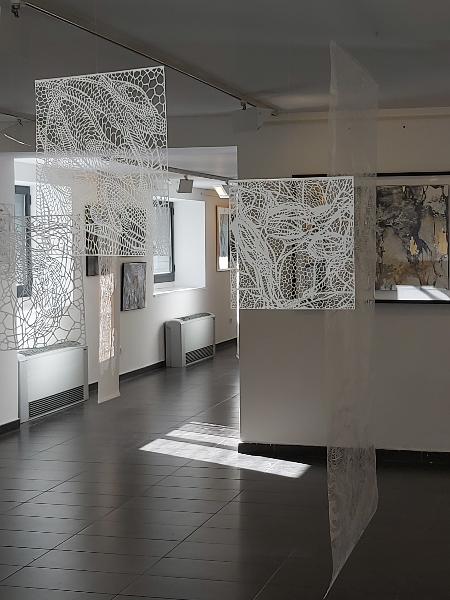
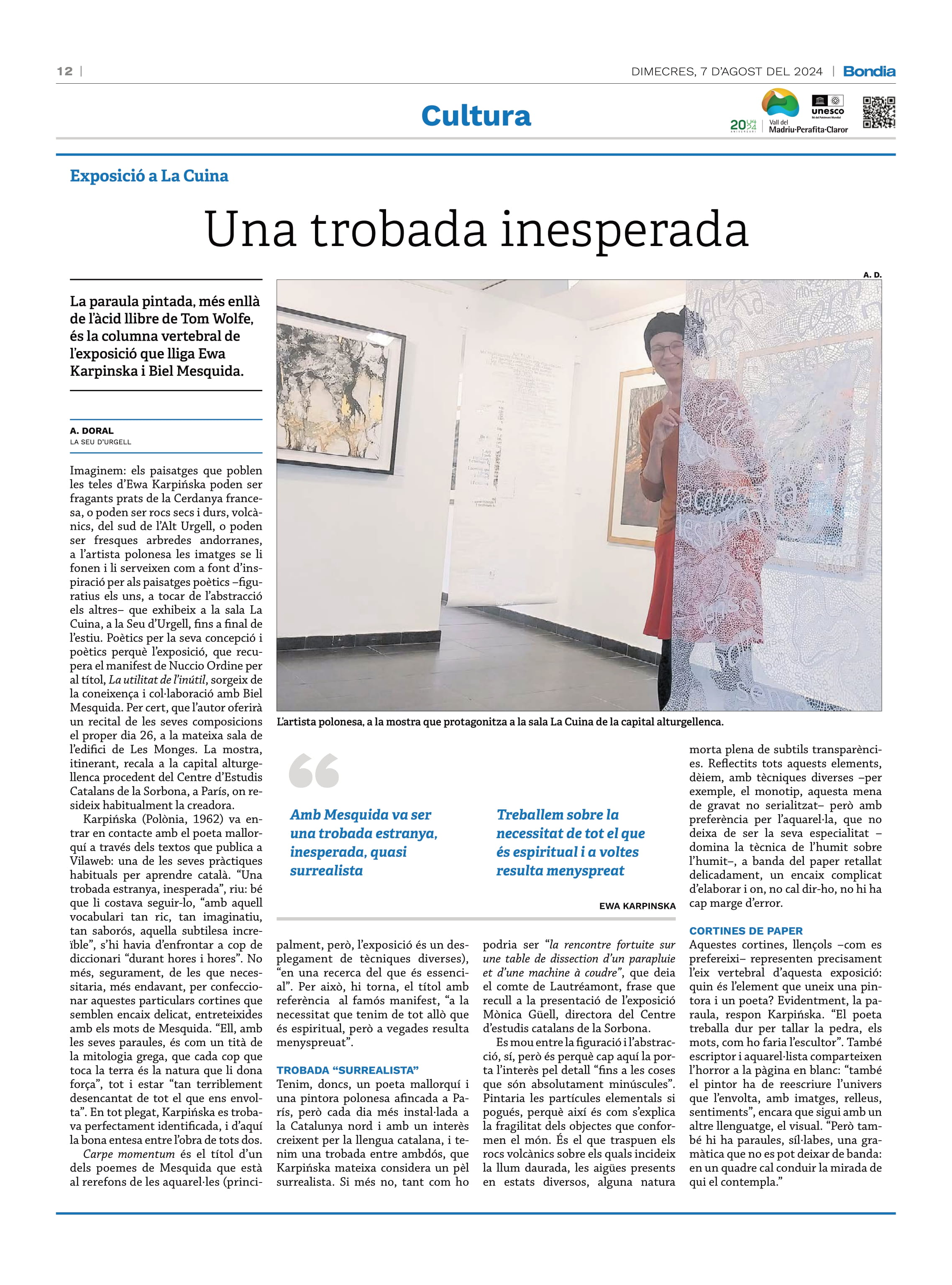
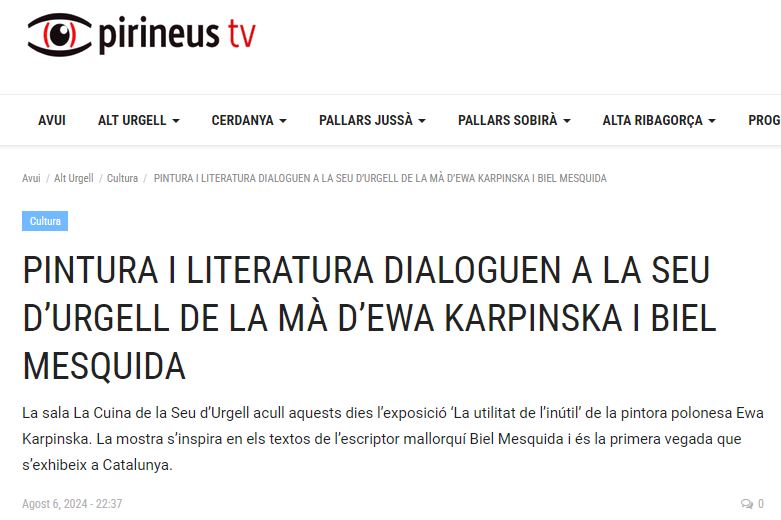
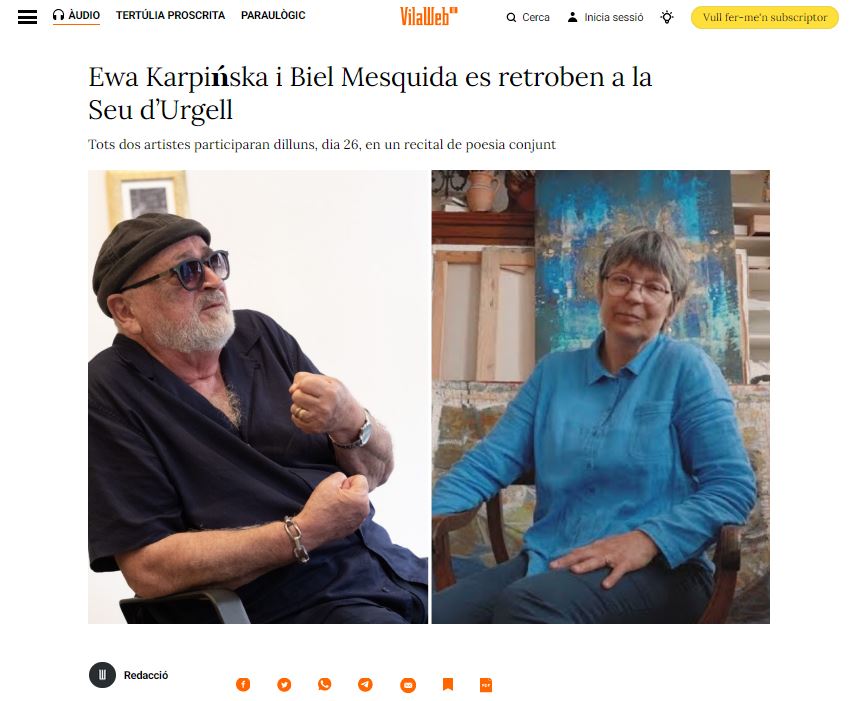
LLO - Auca de la dona d'aigua de Lanós - August 2023
Ewa Karpińska
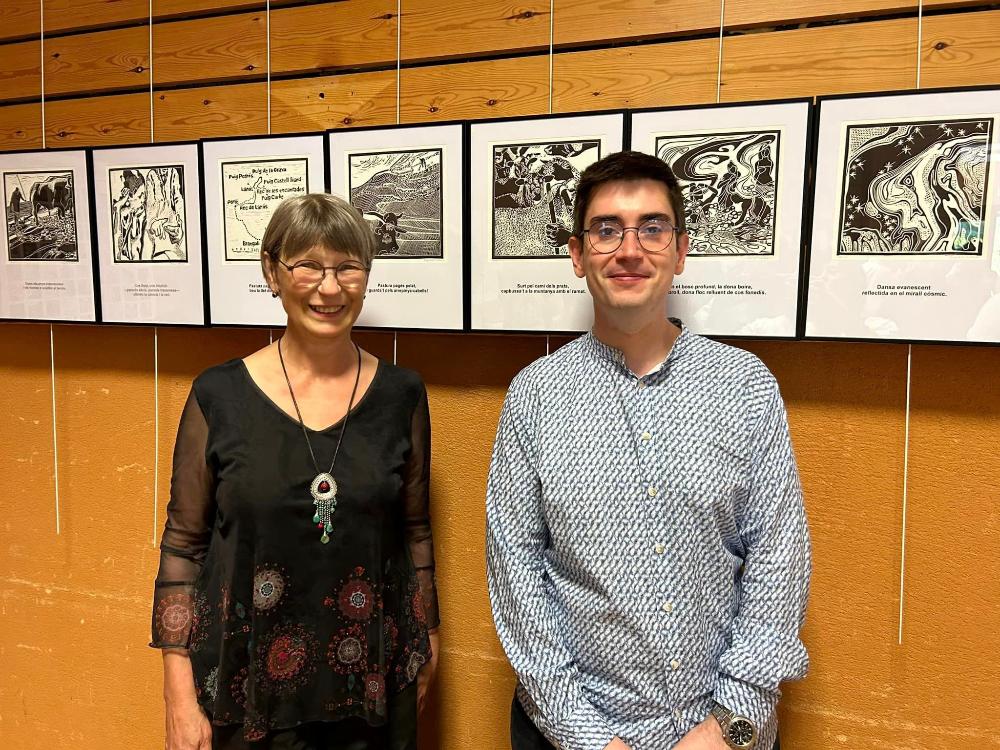 Albert Tomàs Monsó
Albert Tomàs Monsó
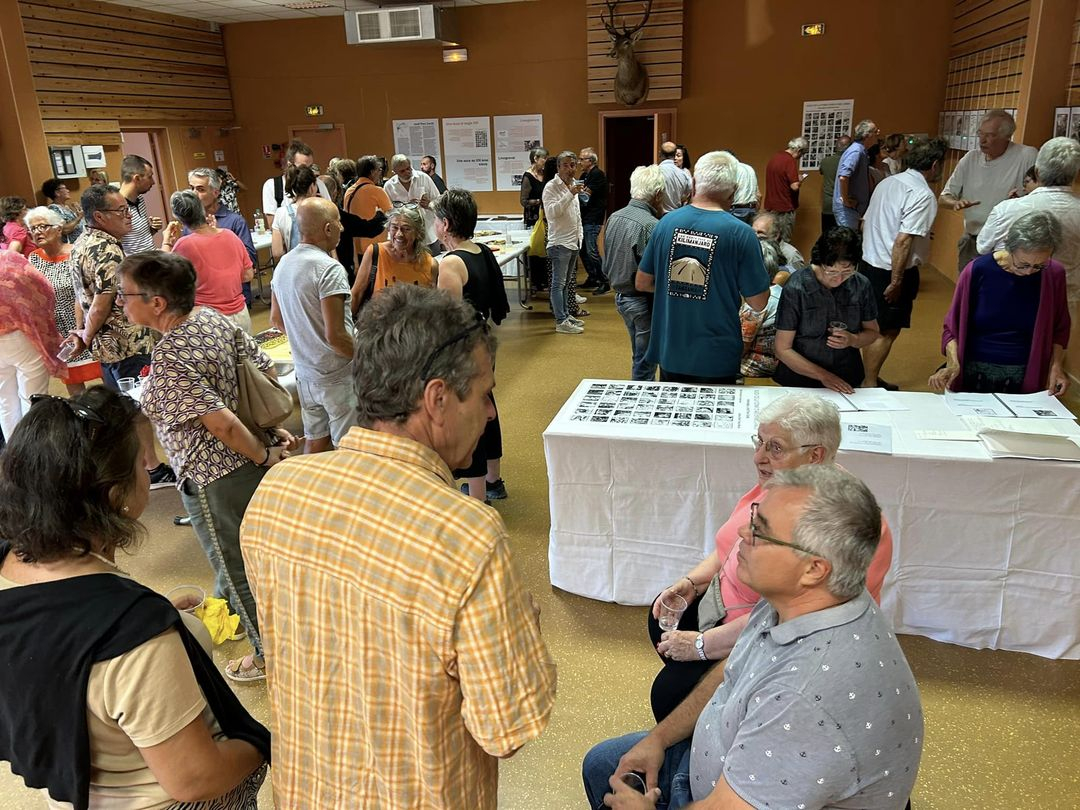
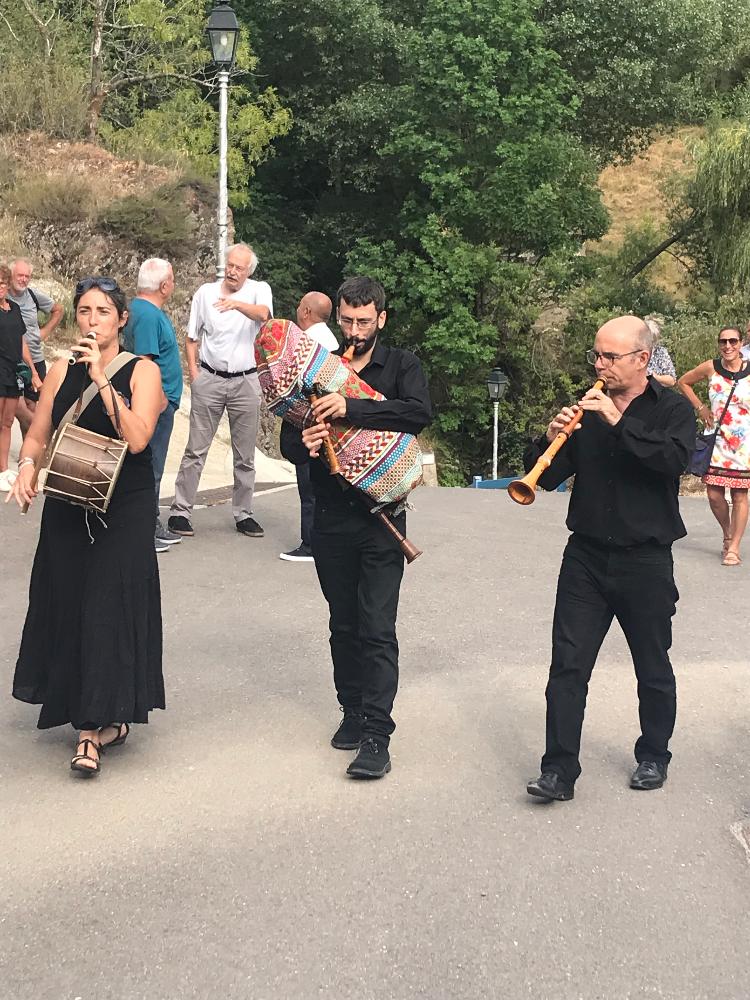
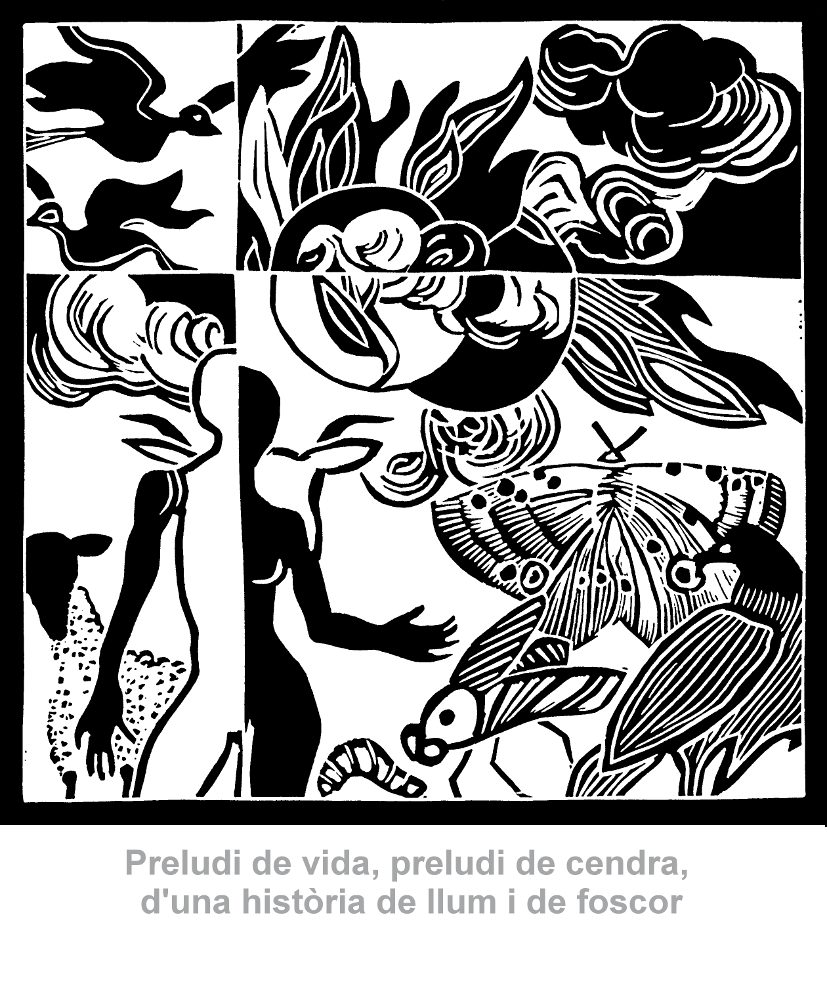
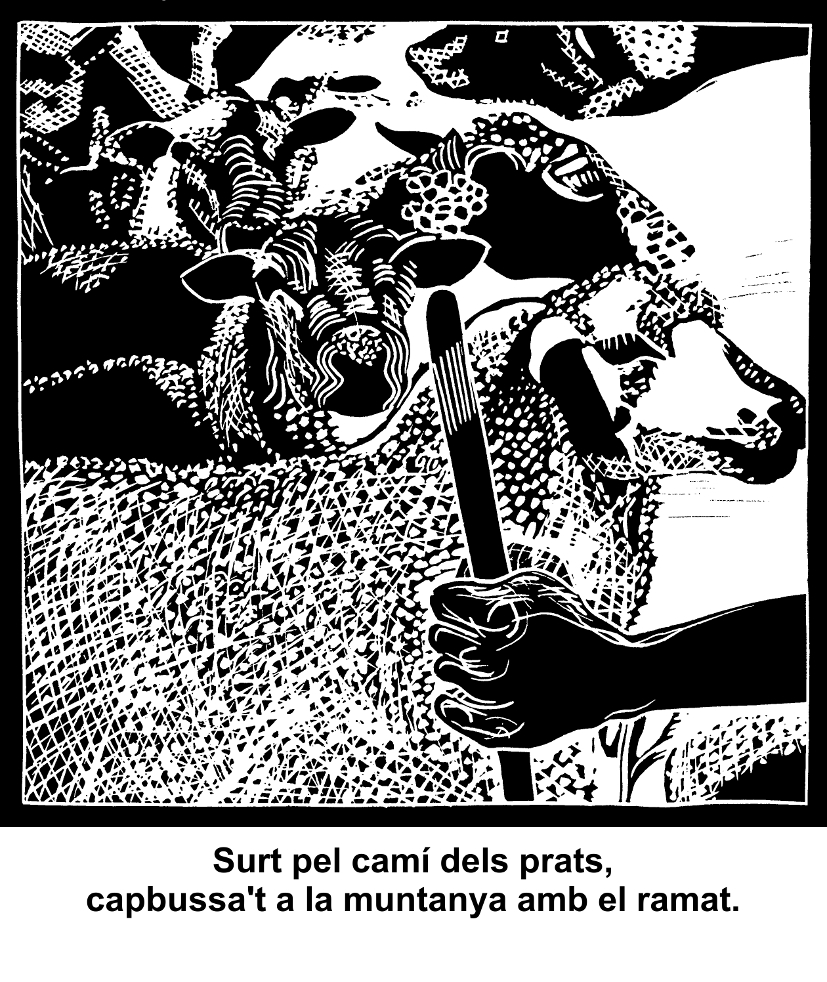
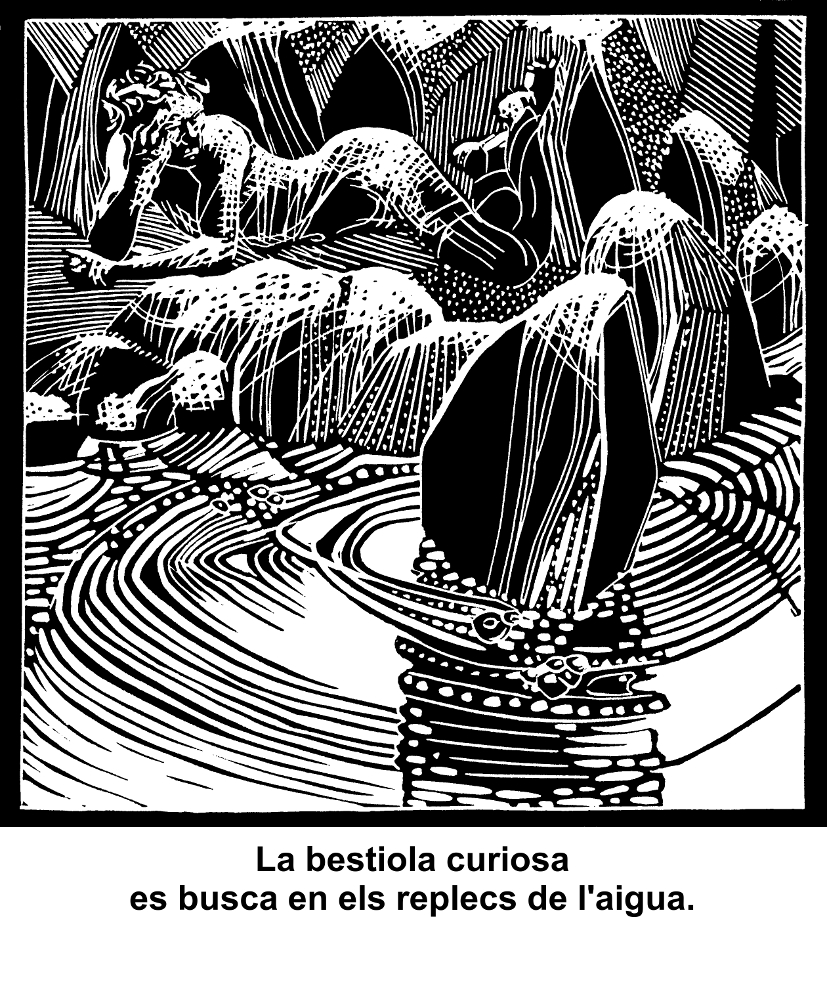
OZ'ART AU CARRE - june 2023
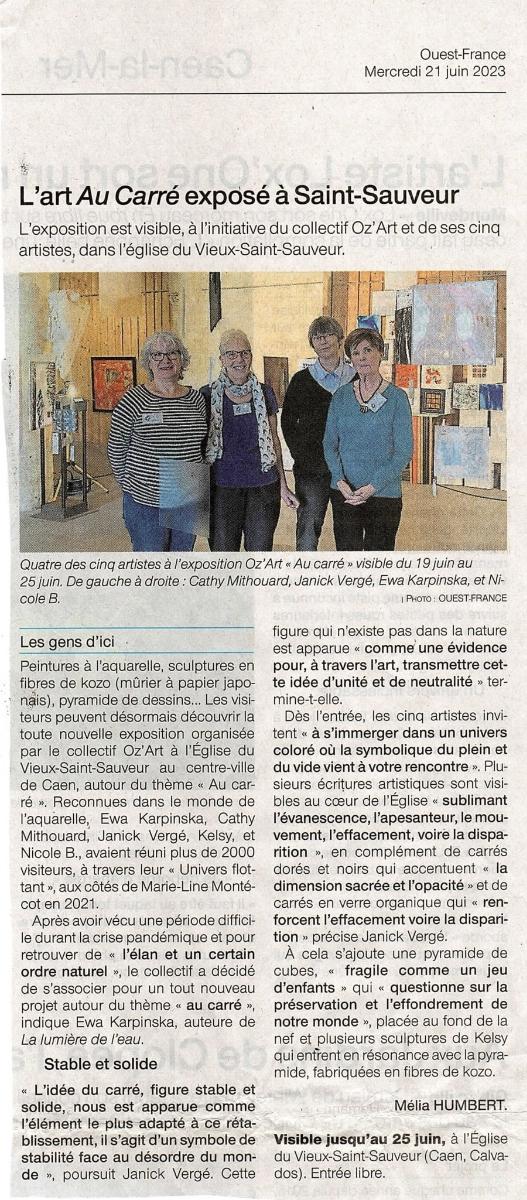
SALON DES ARTISTES SCEENS - june 2023
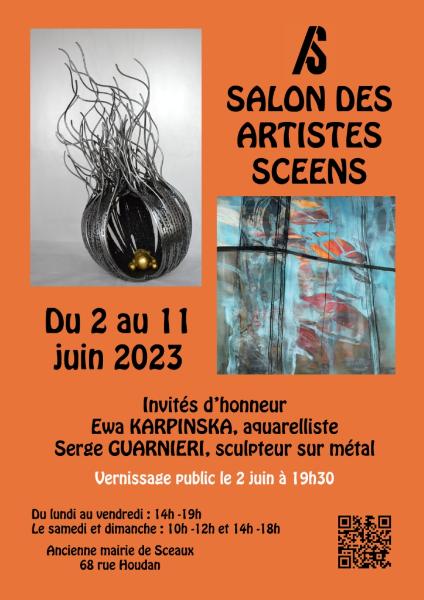
Guests of honor :
Ewa KARPIŃSKA - Serge GUARNIERI
Le figuier mélomane - March 2023
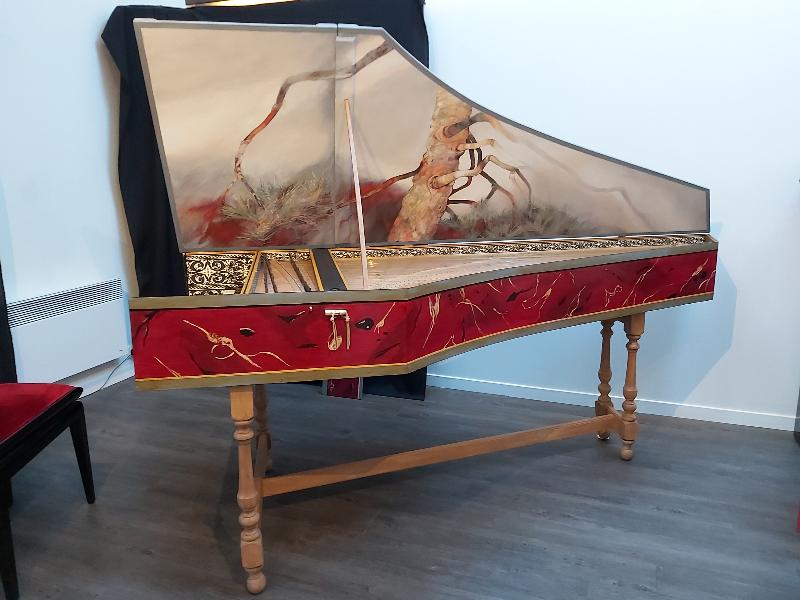
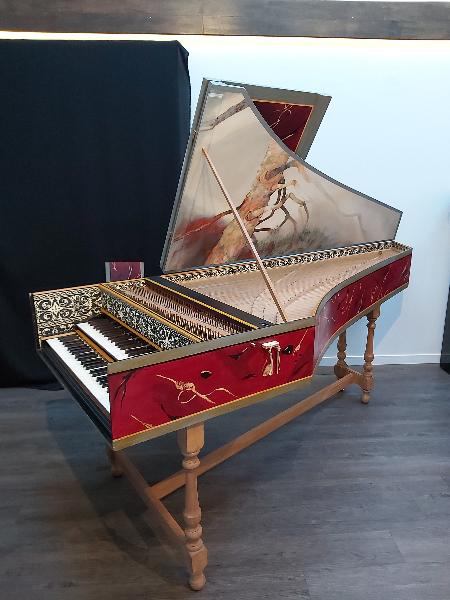
My first artwork on harpsichord.
ARTCITE - Fontenay-sous-Bois - 2022
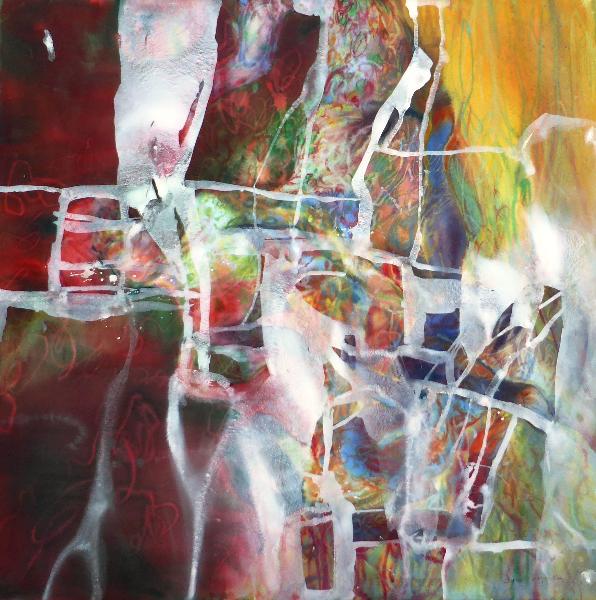
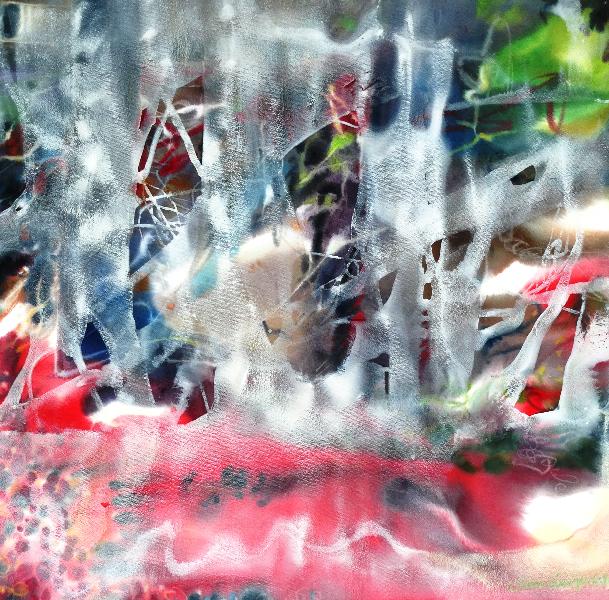
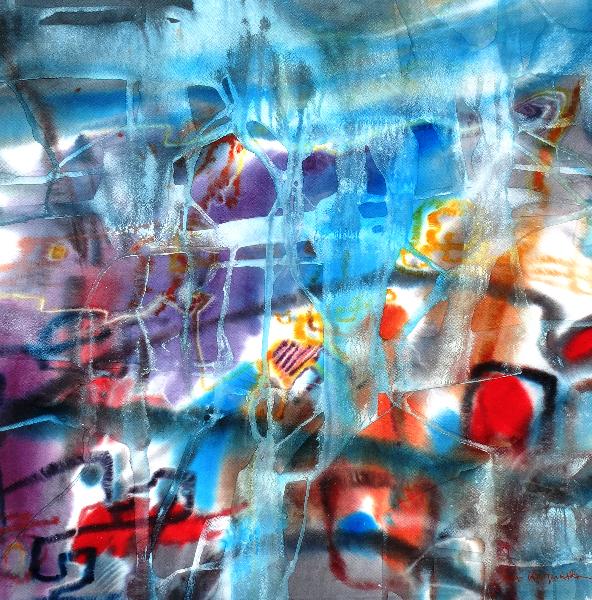
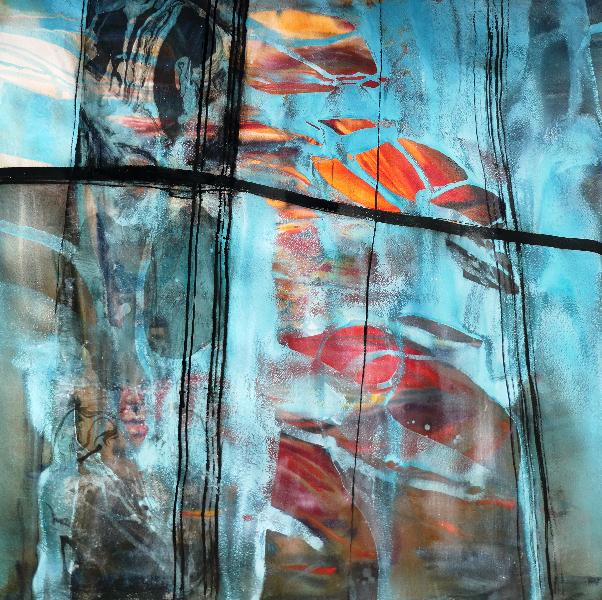
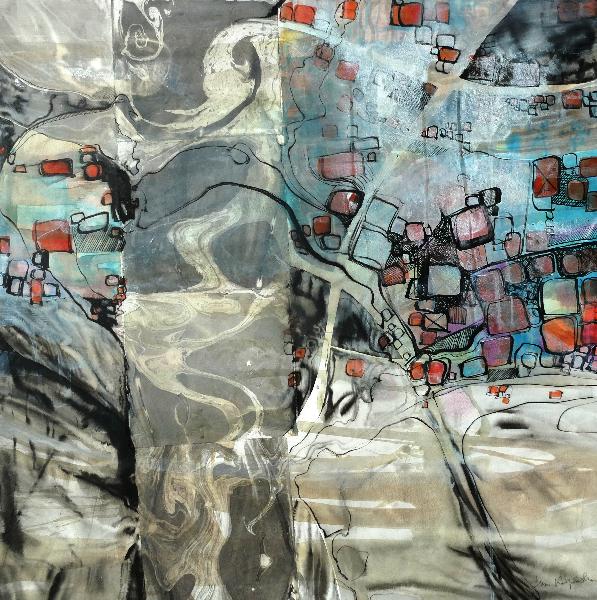
La utilitat de l’inútil (Ewa Karpińska – Biel Mesquida) : Paysage imaginaire
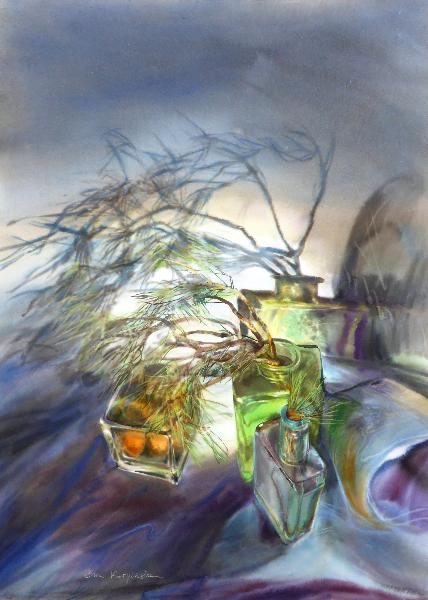
Com explicar-te aquest temps de mal i més mal, un temps injuriat i brut que recrema i fereix? Com dir-te que el silenci etern d’aquests espais infinits també m’esglaia? Com fer-te entendre que només sé oposar al buit que ens amenaça uns signes fràgils, un xiuxiueig de vent entre les fulles, uns gargots esborradissos com els que feien els humans paleolítics damunt les parets de les coves?
How can I explain to you this time of evil and worse, a time reviled and dirty that burns and hurts? How can I tell you that the eternal silence of these infinite spaces also frightens me? How can I make you understand that I only know how to oppose the emptiness that threatens us with fragile signs, a whisper of wind between the leaves, scribbles that fade away like those made by Paleolithic men on the walls of caves?
VilaWeb : April 18, 2022 (Assumpció Maresma)
Ewa Karpińska: "Trying to understand what made Catalan artists different made me learn Catalan".
Interview with Ewa Karpińska about her exhibition in Paris with Biel Mesquida
The work of Ewa Karpińska (Warsaw, 1962) and Biel Mesquida
(Castellón, 1947) is on display in Paris, in the Marais, at the
Centre d'études catalanes de la Sorbonne, in the exhibition entitled
"L'utilité de l'inutile".
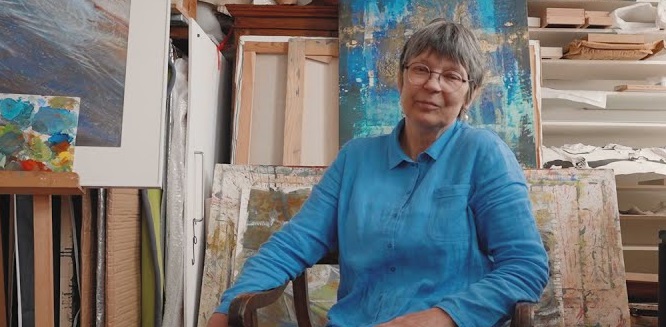 Karpińska's watercolours, and her paper cut-outs, establish links
with Mesquida's texts. The exhibition is a challenge. It's a lot of
stories and desires superimposed between two artists who didn't know
each other and who act as stonecutters against the darkness. They
did not speak the same language, they did not practice the same art,
but they found each other through the desire for the useless to
become useful, indispensable to life. Living in the suburbs of
Paris, Ewa Karpińska, tries to improve her Catalan as a student at
the Sorbonne by reading VilaWeb, in which she discovers
Closcadelletra, which she understands with difficulty, but feels
close to her creation. She was not wrong. Now they complement each
other and create many links.
Karpińska's watercolours, and her paper cut-outs, establish links
with Mesquida's texts. The exhibition is a challenge. It's a lot of
stories and desires superimposed between two artists who didn't know
each other and who act as stonecutters against the darkness. They
did not speak the same language, they did not practice the same art,
but they found each other through the desire for the useless to
become useful, indispensable to life. Living in the suburbs of
Paris, Ewa Karpińska, tries to improve her Catalan as a student at
the Sorbonne by reading VilaWeb, in which she discovers
Closcadelletra, which she understands with difficulty, but feels
close to her creation. She was not wrong. Now they complement each
other and create many links.
We do the interview in chat. The cameras make jokes and we can't see each other while we talk. But her voice is full of nuances that allow us to understand her beyond her words.
How did you discover Biel Mesquida's work?
My interest in Catalonia goes back a long way. It's a story that started a long time ago. A few years ago, I decided to go further and learn Catalan at the Sorbonne. During the course, I started to read VilaWeb assiduously to perfect it. That's how I discovered Closcadelletra, by Biel Mesquida, and started reading it frequently. It was difficult to understand everything at first. When I started to understand the words, the beauty of the text made me think that it was worth spending a lot of time on it. I spent hours with a dictionary.
Where does your interest in Catalonia come from?
Curiously, it started in Warsaw, where I studied at the time of Solidarność. You know that its anthem was "L'estaca", by Lluís Llach. When I arrived in France, my friends and my future husband were passionate about Catalonia. My husband had organised recitals of Lluís Llach in the north of Catalonia in the mid 1970s.
What links your painting and Biel Mesquida's writing? White paper, the beginning of creation?
I work mainly on paper and when I am in front of white
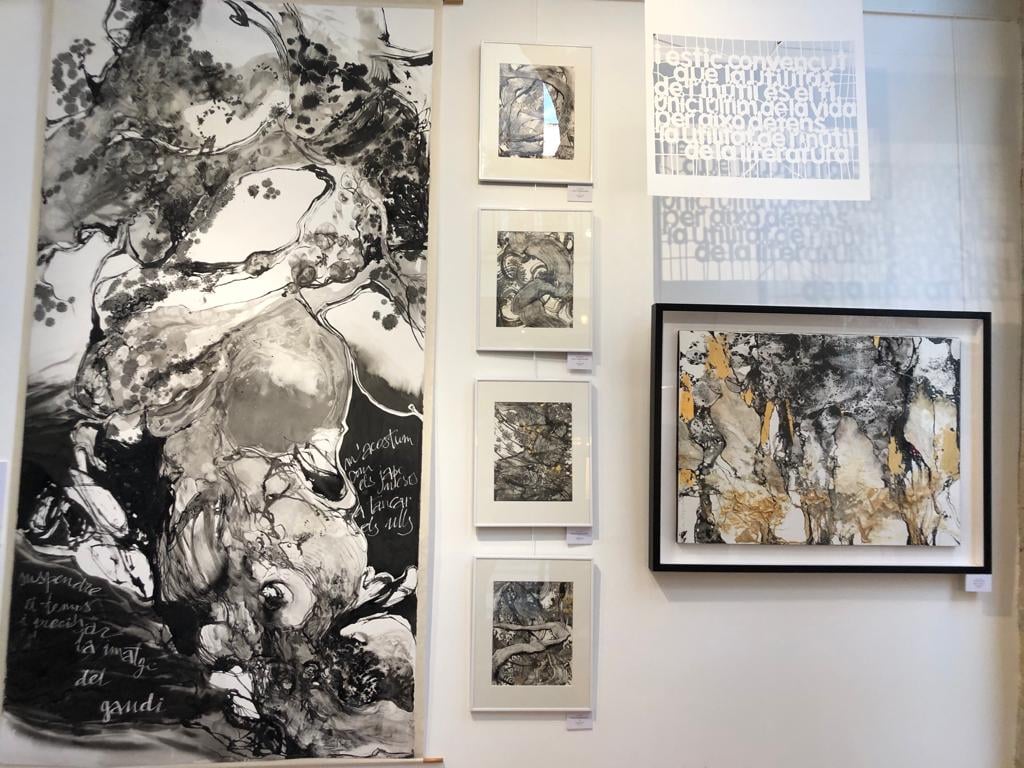 paper I don't feel anxiety, but a kind of excitement when I imagine
how the idea inside me will come to life. When I was reading
Mesquida's poetic texts, I came across an expression in which he
compared himself to a stonecutter of words, from which came a
comparison with a cut, re-cut paper. In the exhibition, there are
very large watercolours and paper cut-outs that were born out of a
process of introspection, a search for simplicity and intensity.
What struck me about Biel Mesquida is his attitude to the world
around us. He is attentive to everything that happens around us.
He is very lucid. He makes visible and obvious the fragility and
confusion of human beings who find themselves in the face of
upheaval. And he speaks of his despair. He talks about the
difficulties of positioning oneself after having accepted what is
happening to us. I think an artist has to convey a message that cuts
through the darkness, and what appeals to me about Mesquida is that,
in order to survive, he shows by his own example how he recovers his
life force, just like me, through nature.
paper I don't feel anxiety, but a kind of excitement when I imagine
how the idea inside me will come to life. When I was reading
Mesquida's poetic texts, I came across an expression in which he
compared himself to a stonecutter of words, from which came a
comparison with a cut, re-cut paper. In the exhibition, there are
very large watercolours and paper cut-outs that were born out of a
process of introspection, a search for simplicity and intensity.
What struck me about Biel Mesquida is his attitude to the world
around us. He is attentive to everything that happens around us.
He is very lucid. He makes visible and obvious the fragility and
confusion of human beings who find themselves in the face of
upheaval. And he speaks of his despair. He talks about the
difficulties of positioning oneself after having accepted what is
happening to us. I think an artist has to convey a message that cuts
through the darkness, and what appeals to me about Mesquida is that,
in order to survive, he shows by his own example how he recovers his
life force, just like me, through nature.
Do you always paint from life?
Did you know that Mesquida and I studied biology? It's important. For me, nature is very precious; having open horizons, touching the earth... More and more people need this connection.
Do you listen to nature? The silence?
Nature is never silent: the water flowing, the wind moving the leaves, there is always movement. A slight noise.
Do you still work in watercolour?
Essentially.
You use your technique.
It's a way of dealing with watercolour on a piece of paper that's wet through for a period of time. For a few hours the water follows its course on the surface: it evaporates, it makes its way, and I have to understand what is happening and negotiate with the water what will happen. It's a way of painting that forces me to pay attention to the other, which is the water; it forces me to have a long and attentive look. It allows me to do the same thing as Mesquida. We are both talking about the same thing: the need to stop and start looking slowly at the world and the people around us. And to do so with attention in order to discover earthly treasures.
The title of the exhibition is "The Utility of the Useless".
These are words from a text by Mesquida, who adopts a militant attitude when he says that he defends the usefulness of literature. I defend it too. Art is essential.
Do you want to add anything?
The world is beginning to listen to the voices that defend the need to preserve the richness of biodiversity in the animal world, in the plant world, in the cities. But we also need the diversity of cultures and languages. Cultures and languages are the result of landscape, history and time... and of everything that humans do and their capacity to adapt. This is what makes a culture, a territory.
However, this diversity is difficult because it requires effort. It is not easy what you have done with your interest in Catalonia.
I am an artist. I am interested in artists from all over the world. However, I believe that in Catalonia, artists from different periods have common points that distinguish them from many other places. They are very free, full of strong desires, they have a great freedom of spirit. Trying to understand what this difference is was one of the reasons for learning Catalan.
Do you understand it better now?
No... Or maybe deep down inside ...., yes. I think I'll check that after the confrontation with the audience. As a Polish, I have experience of a country that has been divided between different countries. My grandmother couldn't speak Polish in her country and I think I have a sensitivity that has been passed down from generation to generation that makes me understand this issue.
Salon du dessin et de la peinture à l'eau - February 2022

Invisible cities
Maxime Juan Prize awarded by the Taylor Foundation
L'Ecologiste - N° 57
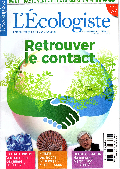
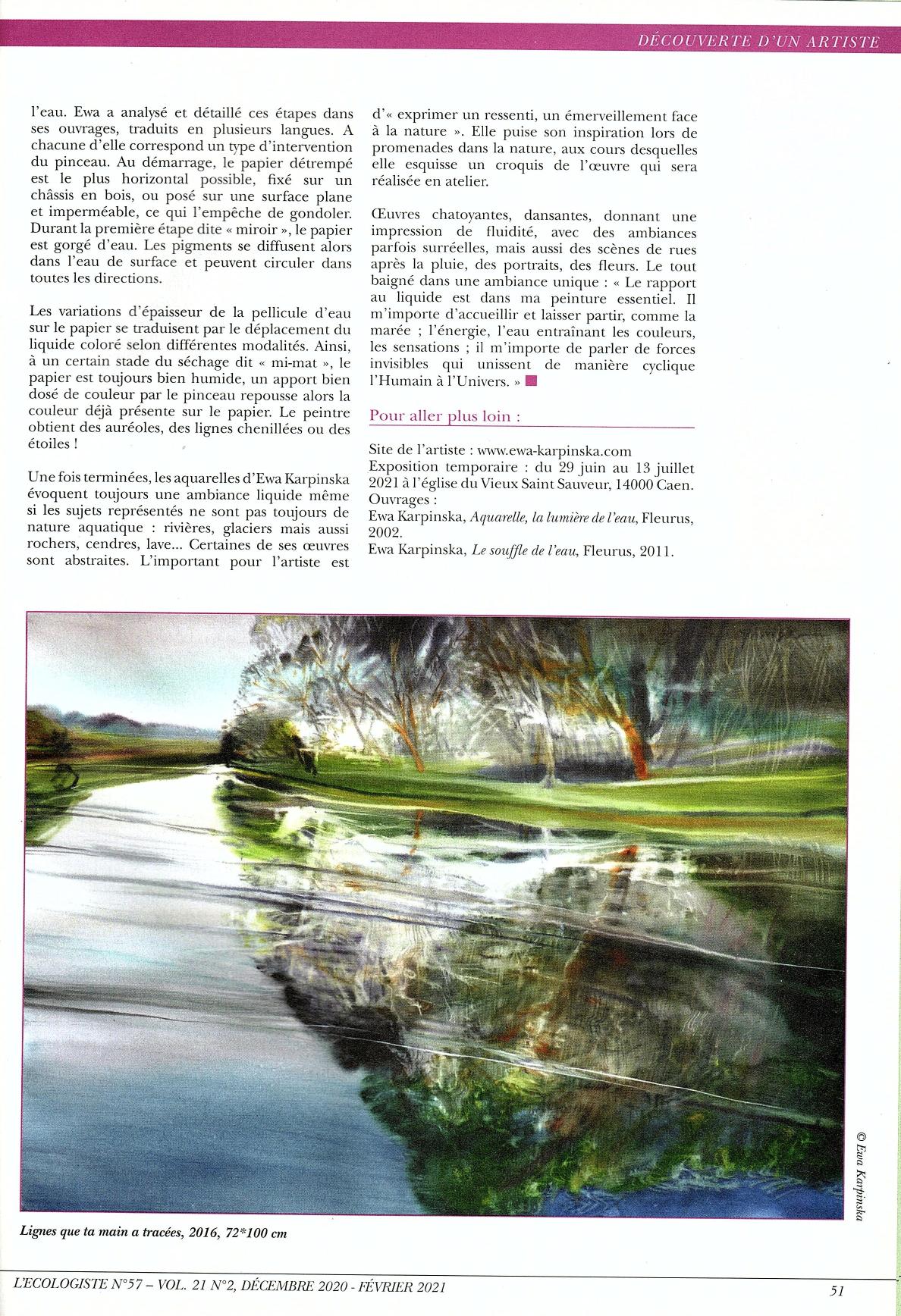
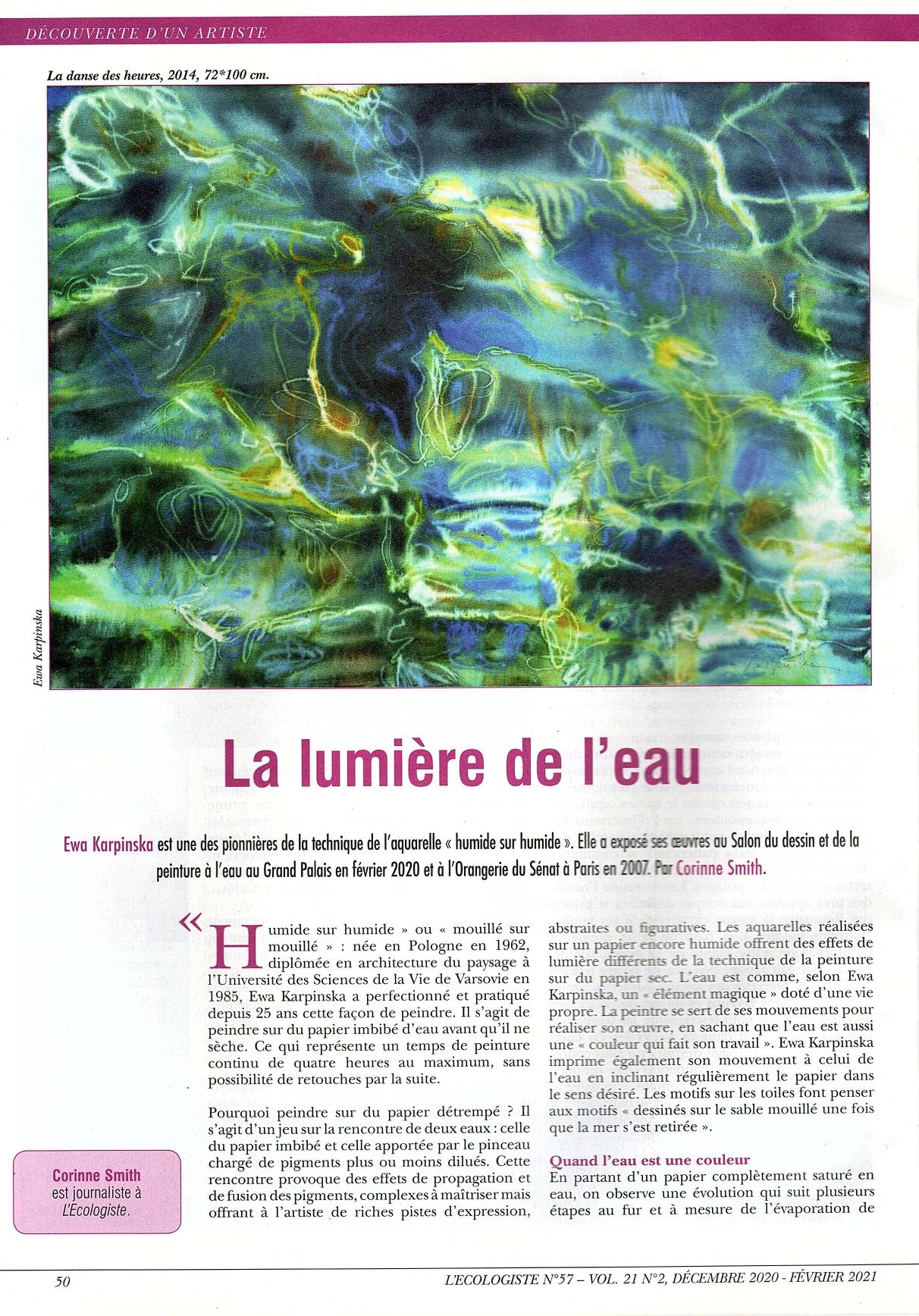
The relationship with liquid is essential in my painting. It is important to me to welcome and let go, like the tide; energy, water bringing colours, sensations; it is important to me to speak of invisible forces which unite in a cyclic way the Human being to the Universe.
Pratique des Arts - January 2021
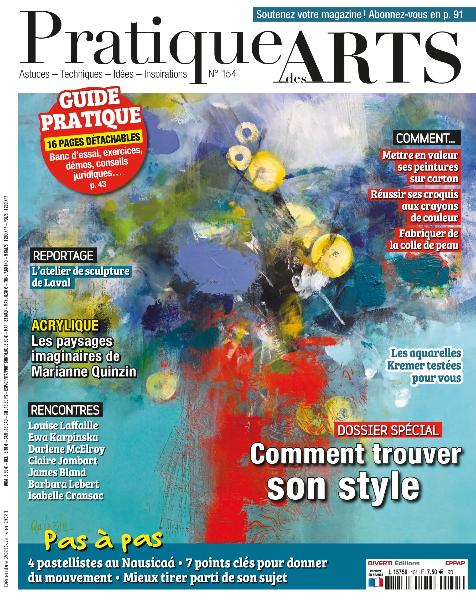
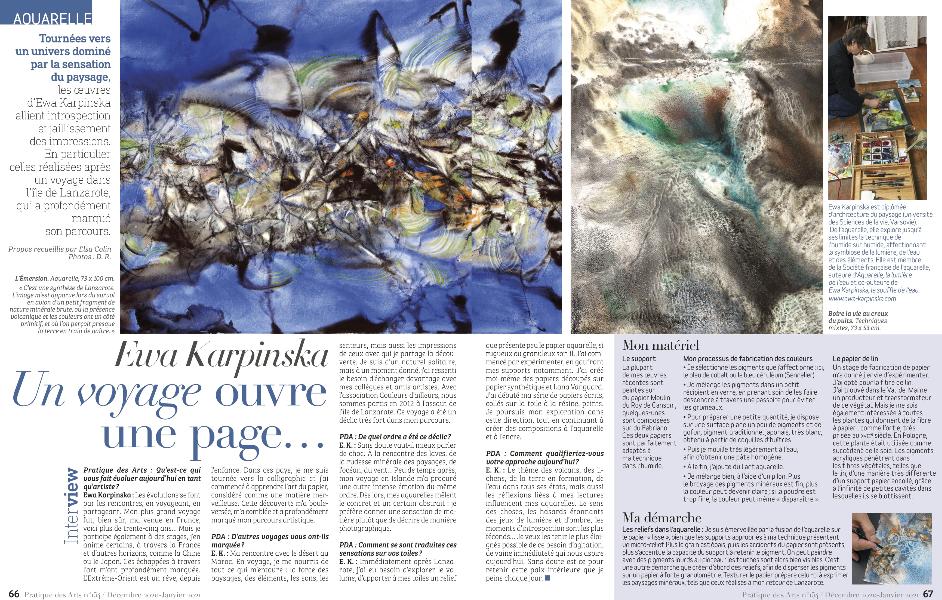
Turned towards a universe dominated by the sensation of the landscape, the works of Ewa Karpinska combine introspection and the outpouring of impressions. In particular those created after a trip to the island of Lanzarote, which had a profound effect on her career.
Elsa Colin
